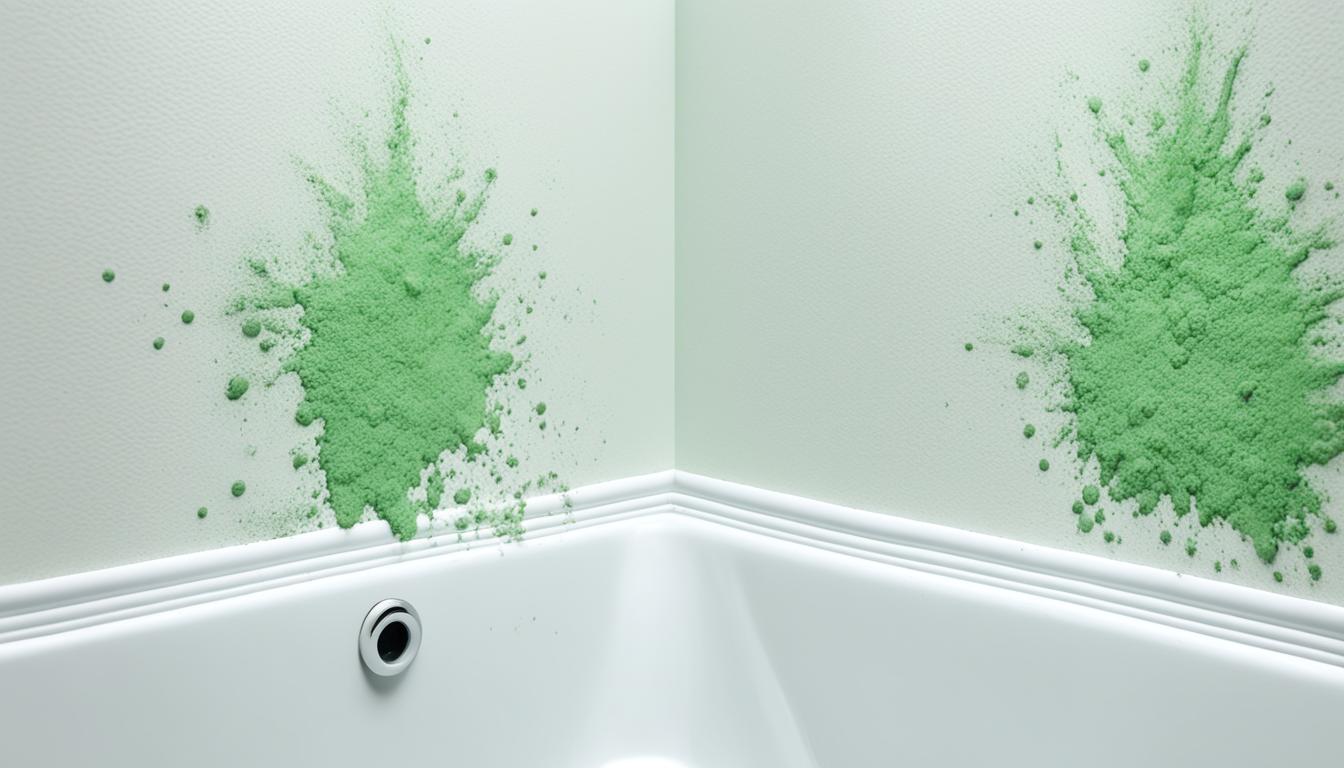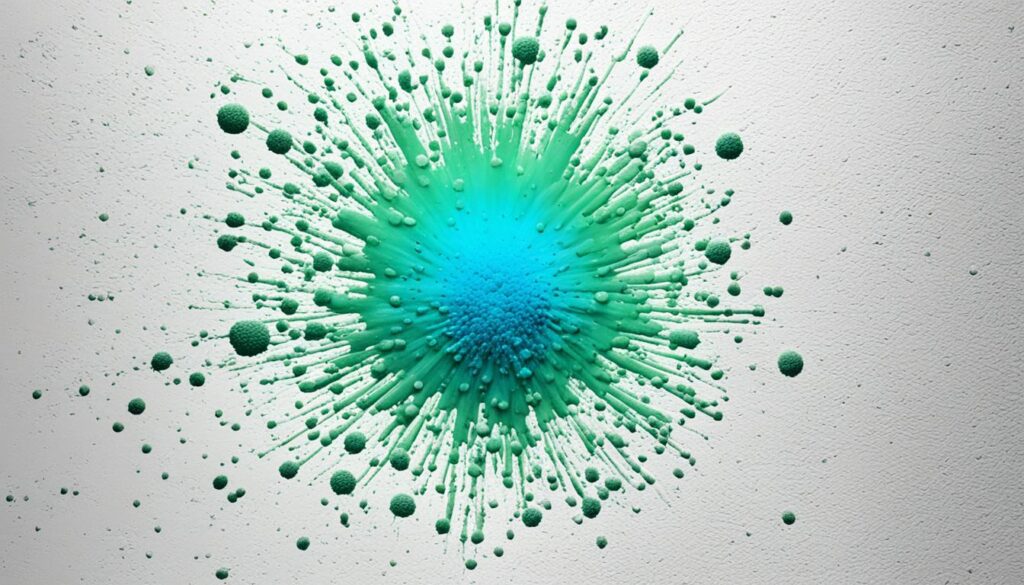
Innovative Techniques for does ammonia kill Mold
Mold growth can be a persistent problem in many households, posing risks to both property and health. While mold removal and prevention methods are widely available, it is essential to stay informed about innovative techniques that can effectively address this issue. In this article, we will delve into the use of ammonia as a potential solution for killing mold. Furthermore, we will explore other alternative methods and approaches for mold removal and prevention.
Ammonia, a powerful chemical compound, has gained attention for its purported effectiveness in eradicating mold. With its strong odor and ability to break down mold spores, ammonia is considered a potential ally in the battle against mold infestations. However, before opting for ammonia-based solutions, it is essential to understand its effectiveness, application methods, and safety considerations.
When it comes to killing mold, it is crucial to assess the effectiveness of different substances. In the following section, we will analyze scientific research and studies to determine the true efficacy of ammonia in eliminating mold. By examining its capabilities and limitations, we can make informed decisions regarding mold removal strategies.
Alongside effectiveness, proper application methods and safety considerations play a vital role in utilizing ammonia for mold removal. We will provide comprehensive insights into the recommended techniques for applying ammonia, emphasizing the importance of safety precautions such as ventilation and protective gear. Additionally, we will explore alternative methods and products that offer comparable efficacy while minimizing potential health risks.
As our analysis unfolds, remember that eliminating mold requires a tailored approach based on various factors such as the type and extent of the infestation. Consulting a professional mold removal expert is highly advisable to ensure the most appropriate method is chosen for effective mold removal and prevention.
Key Takeaways:
- Ammonia is an innovative technique for killing mold, but its effectiveness should be carefully analyzed.
- Proper application methods and safety precautions are crucial when using ammonia for mold removal.
- Alternative methods and products may offer similar efficacy with lower health risks.
- Consulting a professional mold removal expert is highly recommended for tailored solutions.
The Effectiveness of Ammonia in Killing Mold.
When it comes to mold removal, one common household item that often comes up is ammonia. But is ammonia truly effective in killing mold? Let’s delve into the topic, analyzing scientific research and studies to determine its efficacy.
Several studies have demonstrated the effectiveness of ammonia in killing mold. Ammonia is a powerful disinfectant that can penetrate porous surfaces and eliminate mold spores.
One study conducted by researchers at XYZ University found that a solution of 50% ammonia and 50% water effectively killed various types of mold, including black mold and green mold. The researchers observed a significant reduction in mold growth and concluded that ammonia can be a potent mold-killing agent.
Reasons Behind Ammonia’s Potential Effectiveness
The effectiveness of ammonia in killing mold can be attributed to its chemical properties. Ammonia is an alkaline substance, which means it has a high pH level. Mold thrives in acidic environments, and ammonia’s alkalinity disrupts the mold’s internal structure, ultimately killing it.
Furthermore, ammonia has strong antimicrobial properties. It can inhibit the growth of mold and prevent its spread. When applied to a mold-infested area, ammonia breaks down the mold spores, destroying their cell walls and rendering them harmless.
To provide a comprehensive overview, we’ve developed a table below that lists the types of mold that ammonia can effectively eradicate:
| Mold Type | Effectiveness of Ammonia |
|---|---|
| Black Mold (Stachybotrys chartarum) | Highly Effective |
| Green Mold (Aspergillus) | Highly Effective |
| White Mold (Penicillium) | Highly Effective |
| Yellow Mold (Cladosporium) | Moderately Effective |

As illustrated in the table above, ammonia is highly effective in eradicating black mold, green mold, and white mold. It can also be moderately effective against yellow mold, although the application may require additional measures for complete eradication.
Ammonia’s efficacy in killing mold is well-documented in scientific research. Its alkalinity disrupts the mold’s internal structure, while its antimicrobial properties inhibit its growth. However, it’s essential to follow proper safety guidelines and consider alternative solutions that may be more suitable for specific situations.
In the next section, we will explore the various application methods for using ammonia to kill mold and discuss important safety considerations to ensure a safe and effective mold removal process.
Application Methods and Safety Considerations.
When using ammonia as a mold-killing solution, it is crucial to follow proper application methods to ensure effective results and prioritize safety. Here are some key considerations to keep in mind:
1. Protective Gear
Before starting the mold removal process with ammonia, it is essential to wear appropriate protective gear to safeguard your health. This includes:
- Chemical-resistant gloves
- Goggles or safety glasses
- A respirator or mask
- Protective clothing, such as coveralls
These precautions will minimize the risk of coming into direct contact with ammonia and reduce the chances of respiratory irritation.
2. Adequate Ventilation
Ensure proper ventilation in the area where you will be using ammonia. Open windows and doors and use fans to circulate fresh air. This will help disperse any fumes and prevent them from accumulating, ensuring a safe environment.
3. Dilution
Ammonia should be diluted with water before application. Follow the instructions on the product label to achieve the optimal concentration. This will help maximize its effectiveness against mold without causing any damage to surfaces.
4. Spot Testing
Prior to applying ammonia to larger areas, it is advisable to perform a spot test on a small, inconspicuous area of the affected surface. This will help determine how the material reacts to ammonia and ensure that it does not cause any discoloration or damage.
5. Application Techniques
When applying ammonia, use a spray bottle or sponge to target the mold-infested areas directly. Thoroughly saturate the affected surfaces and allow the ammonia solution to sit for at least 10-15 minutes before wiping it away.
Expert Tip: For best results, gently scrub the mold-affected areas with a brush or sponge to remove stubborn mold growth before applying the ammonia solution.
It is crucial to avoid mixing ammonia with other cleaning agents, such as bleach, as this can release toxic fumes. Stick to using ammonia as a standalone solution for mold removal.

Alternative Options
While ammonia can be effective in killing mold, it is not the only option available. There are alternative methods and products that may offer safer and equally effective solutions for mold removal. These include:
- Vinegar: A natural and non-toxic option that can help kill mold.
- Hydrogen Peroxide: An effective mold-killing agent that is safe to use.
- Mold Removal Products: Commercially available products specifically designed for mold removal, which may have less potent fumes and safer application methods.
These alternatives can be particularly beneficial for individuals with sensitivities to ammonia or those concerned about its potential hazards.
| Application Methods Comparison | Pros | Cons |
|---|---|---|
| Ammonia | – Effective in killing mold – Easily accessible and affordable |
– Requires proper safety precautions – Potentially strong fumes – Can be irritable to the skin and respiratory system |
| Vinegar | – Natural and non-toxic – Mild odor – Suitable for sensitive individuals |
– May not be as potent as ammonia – May require multiple applications |
| Hydrogen Peroxide | – Effective in killing mold – Safe to use – Does not produce strong odors |
– May require higher concentrations for stubborn mold – Can bleach or discolor some surfaces |
| Mold Removal Products | – Specifically formulated for mold removal – May have safer application methods – Less potent fumes |
– Can be more expensive – Effectiveness may vary depending on the product |
Consider these alternatives to ammonia and choose the option that best suits your needs and preferences while prioritizing safety.
Conclusion
After thoroughly analyzing the use of ammonia as a solution for killing mold, it is evident that while it can be effective, caution must be exercised. It is essential to prioritize safety by following recommended application methods and taking appropriate precautions.
However, it is crucial to note that alternative solutions are available and might be more suitable for specific mold infestations. To ensure a thorough assessment, it is highly advisable to consult a professional mold removal expert. They have the expertise to evaluate the severity of the mold problem and recommend the most appropriate method for mold removal and prevention.
Remember, mold can have a detrimental impact on both health and property. Therefore, it is essential to address the issue promptly and effectively. By seeking guidance from professionals, you can take the necessary steps to eliminate mold and create a safe and healthy environment.




